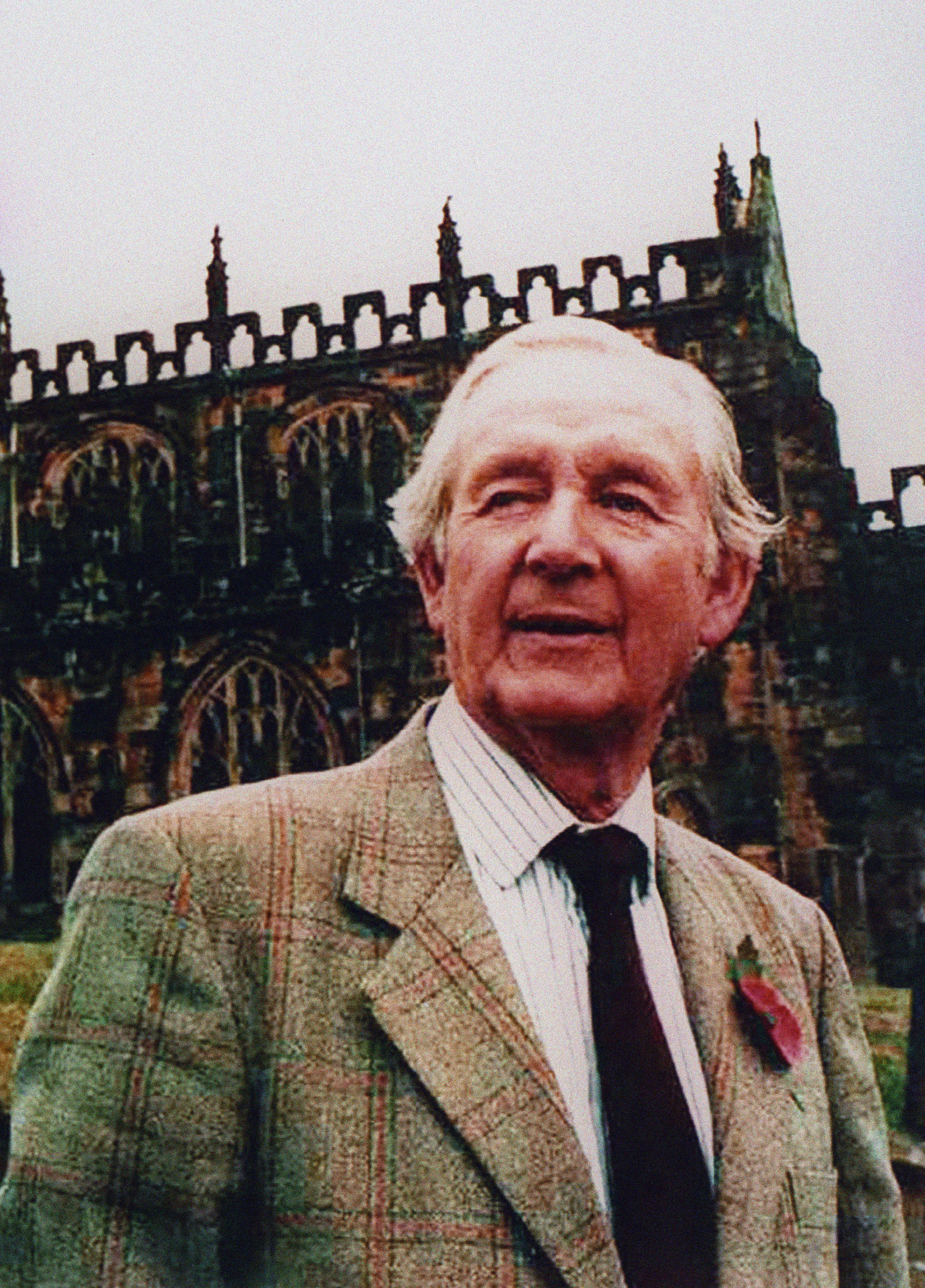



“Granville Bennett,” the skilled small-animal practitioner who entertained so lavishly, is real as well when Wight’s own pet fell ill, he rushed the little dog around to “Granville’s” surgery just as Herriot did with other pets in the books, and when the second movie was made based on the books, “Granville” was among the friends who came to watch the filming - with the trunk of his MG converted into a well-stocked mini bar. “Siegfried” remained a staunch friend, though. The biography is even more satisfying Wight’s son, who grew up to join his father’s veterinary practice, knew many of the people alluded to in the books very well, and he describes a number of the incidents that got written up.įans of the books will be tickled to learn that though the eccentric and charming “Siegfried” was a little affronted by his portrayal, the real “Tristan” was highly entertained by his fictional counterpart and adopted a habit of going into bookstores and moving the Herriot books into the bestseller racks, to help the enterprise along. Also, it’s wonderful to hear how much of the books is based in literal truth I wholeheartedly agree with his son’s sentiment that knowing the stories are real makes them better.Ī little digging on the Internet will show you ivy-covered “Skeldale House,” where Wight lived and worked, and give you the true names of his colleagues, the “Farnon” brothers, in real life named Donald and Brian Sinclair.

If you love his funny tales of curing animals in 1930s and ’40s Yorkshire, you will be delighted to know that there are a few more such anecdotes sprinkled in these books. Having been a fan of the James Herriot books since I was a little girl, I recently did myself a huge favor: I ordered the biography of him that his son wrote, “The Real James Herriot,” as well as the photo book with his essays on “James Herriot’s Yorkshire.” (Herriot was the pen name adopted by veterinarian Alf Wight, who died in 1995.)


 0 kommentar(er)
0 kommentar(er)
